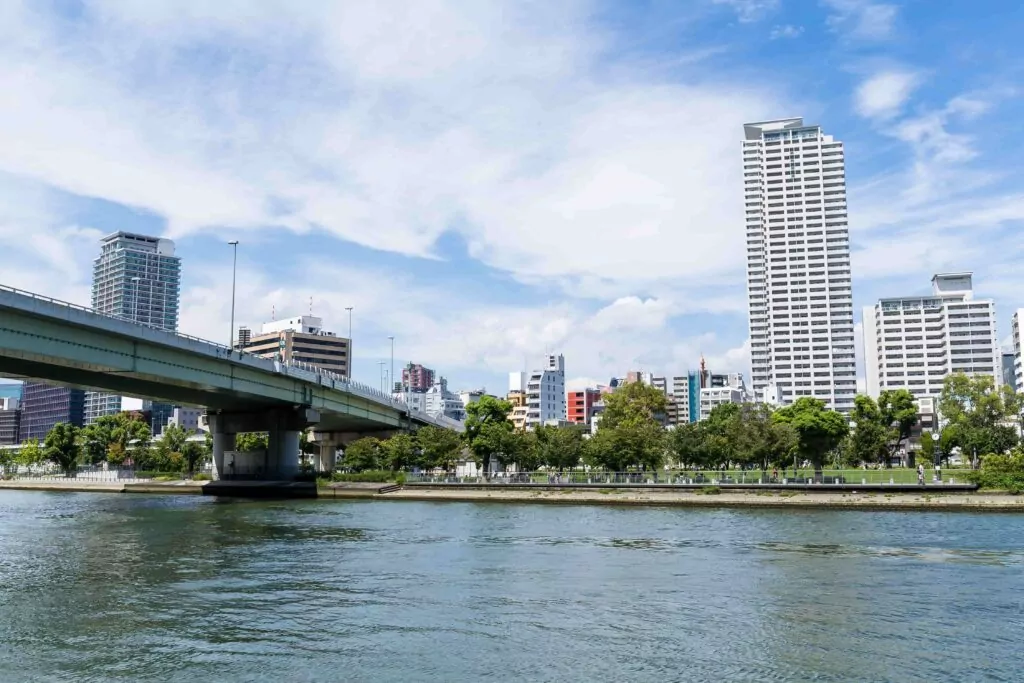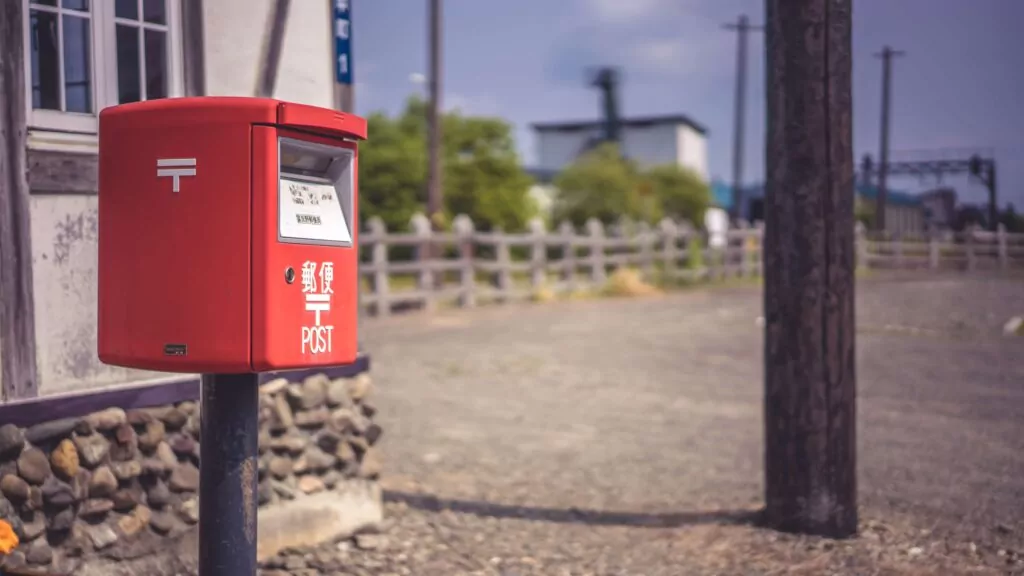Moving is an exhausting process anywhere in the world but admittedly, Japan has on some interesting quirks to an already long process. This is a result of Japan having some unique procedures and regulations when it comes to vacating an apartment or house along with what to do when you have to change addresses.
So you’ve decided to move. Congratulations! To minimize any headaches and kinks, what you should probably do first is to draw up a moving home checklist and give yourself between 8 to 10 weeks to plan, strategize, and pack before your actual moving date. This is so that you can deal with any unexpected delays or unforeseen circumstances and prevent yourself from running around like a panicked with few, often costly, options. Luckily, if you decide to go with an apartment from Village House, they provide moving support and a discount coupon for a moving company!

Moving Home Checklist
- Set yourself a moving budget, one that factors in purchases for packing materials and boxes, any moving and/or shipping companies you may use, and/or a moving van or truck. You should also keep in mind that the whole moving process might bring various other costs with it as well, such as a cleaning fee for your previous apartment, or money spent on new furniture that you possibly might need to buy. Please check out our blog article on the top 5 biggest expenses when moving to get a better idea about how much you might end up spending for your move in total.
- Make an inventory of your belongings, sorting each item by room so it’s easier to divide and conquer. Then, categorize them into categories such as keep, donate, sell, and throw.
- Give moving out a notice to your landlord or organization responsible for your apartment building. How early you do this is dependent on the conditions of your lease and there may be a penalty fee if you move out before your contract expires.
- Call or email your utility companies and inform them of your move. Depending on the services they provide, you can either transfer your utilities to your new address or cancel them and make a new contract. To learn more, check our blog on how to cancel your utilities before moving out for more information.
- Begin to strategize your grocery shopping, especially for perishables and frozen foods. Try to minimize food waste by using what you have in your fridge, freezer, and pantry. This way you also save on packing them and save on money too!
- Pack non-essentials such as off-season clothing, bedding, and linens; sports gear and equipment; decor and knick-knacks; infrequently used household and kitchen appliances; books, games, CDs, etc. Tip: Group similar items in the same box so it’s easier to find when you move. Don’t forget to label your boxes for easy identification.
- Draw up a list of organizations, institutes, subscriptions, etc. that have your current address registered. Depending on the importance, you can start changing your old address to your new one before or after you move.
- Confirm your moving date with any moving or shipping companies you hired.
- Final cleaning of your apartment and trash removal – both of these again, dependent on the conditions of your lease.

Getting a New Address in Japan
Once you’ve settled on a place; the lease has been drawn up, and you’ve put pen to paper or hanko to paper to sign or stamp your approval; your realtor or real estate agent will (hopefully!) provide you with your new address. Double check with them that it’s correct so that you don’t have to rinse and repeat the processes that will be explained after this.
Changing Address in Japan
The general rule of thumb in Japan is that you should register your new address at your local city hall or ward office within 2 weeks of moving. The length of the process will depend on a) if you’re moving within the same ward/city or b) if you’re moving to a different ward/city or even prefecture.

City Office (For Changing, Registering, or Unregistering Your Address)
When moving within the same city/ward, then things are a bit easier – just head on down to your local city hall or ward office and submit a change of address application. Depending on what identification you carry with you, the staff at city hall or ward office will print your new address onto the back of your residence card (if you’re not a local) or possibly onto your driver’s license or MyNumber card.
If you’re moving to another city/ward or prefecture, then the process gets a little more complicated. You have to first go down to your current city hall or your local ward office to unregister your current address and obtain a moving out certificate stating that you’ve “checked out” of your current city/ward or prefecture. You may also have to unregister yourself from the National Health Insurance scheme and hand in your NHI card depending on your status as a local or non-local.
Next, with your moving out certificate, go to your new local city hall or ward office. Don’t forget to bring a form of identification and some evidence that the new address you’re wanting to register actually belongs to you as a precaution (a copy of your lease will suffice. Village House will provide you with a copy of this when you sign with them for example.). Fill in and submit a form for moving in and registering your new address. Again, the staff at city hall or the ward office will print your new address on one of your identification cards if necessary.
You may also need to register yourself for the area’s National Health Insurances scheme and get yourself a new NHI card, depending on your situation. You can usually do this in the same place as registering your address but double-check first.

Changing Your Address at the Post Office
In Japanese post offices, mail forwarding service is free for up to a year, starting from the moving date you write on the application form. Just pop on down to your nearest post office, fill out the change in address form and hand it to a postal staff. Bring a piece of identification with you along with proof of your new address (again your new lease will suffice) as well as your old address. Alternatively, you can submit a change of address notice online.
So there you have it – how to get a new address/change your address in Japan. If you are planning to relocate, but haven’t found your new home yet, please consider checking out Village House’s rental apartments, with budget-friendly properties in over 1000 locations all across Japan! Happy moving!



